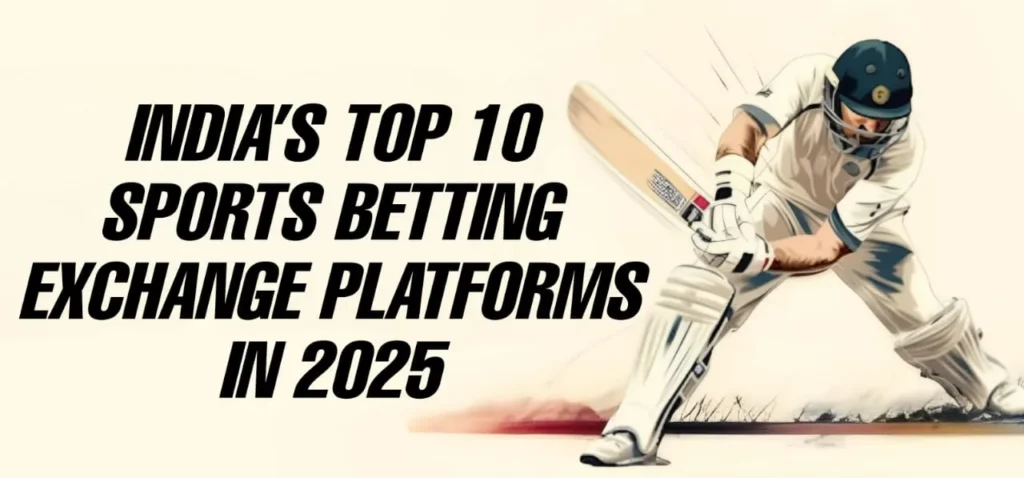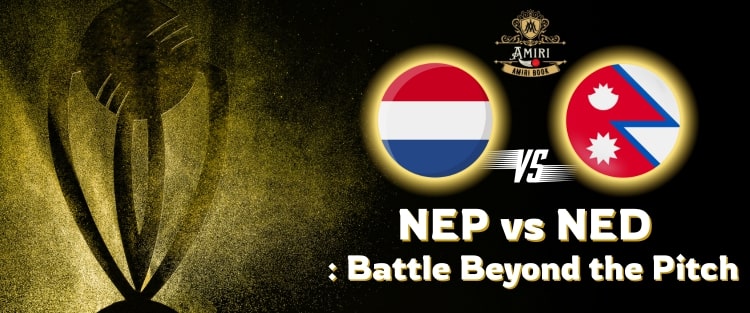Is Cricket Betting Profitable in India?
Is Cricket Betting Profitable in India? Cricket is more than just a sport in India—it’s something millions follow with passion and pride. In recent years, betting on cricket has become a popular pursuit for many, especially with the emergence of online platforms offering services like Online cricket id and Betting id. But one question always lingers: can betting on cricket really bring in profits, or is it just a risky thrill? Let’s walk through the legal basics, dive into the mechanics of cricket betting, weigh up if it can be profitable, and explore some practical advice for those thinking about getting started. Cricket Betting Laws in India Understanding the law is essential before jumping into cricket betting. Technically, most forms of sports betting are still illegal in India under the Public Gambling Act of 1867. However, online betting has carved out a kind of legal gray area, since laws haven’t kept up with modern technology. Some states like Sikkim and Goa have started issuing their own licenses for certain gambling activities. If you’re looking for an Online Cricket id Provider or checking online cricket betting odds, chances are you’ll find plenty of sites operating from outside India. These platforms often skirt legal issues by basing themselves offshore. So, if you are interested in betting, always check that the provider is reliable and your money is secure. Remember, unclear laws mean you need to tread carefully and know the risks before you start. How Does Betting on Cricket Work? If you’re new, cricket betting can seem intimidating at first. Breaking down the steps can help: Bookmakers Determine the Odds Bookmakers or betting sites offer odds for various outcomes in a cricket match. These odds reflect how likely a certain result or event is—lower odds mean it’s more likely, but payouts are smaller. Always look for sites that clearly display their online cricket betting odds so you know exactly what’s at stake. Select a Bet Once you’re familiar with the odds, you can select your bet. You might want to put money on the overall match winner, or perhaps pick a top scorer. There are dozens of betting choices available to suit every type of fan. Place Your Stake After you choose your bet, you’ll decide how much money to stake. This is where being sensible is important—set a budget and don’t be tempted to bet more than you can lose. Winning is Paid If your bet comes in, your winnings are credited directly to your Online cricket id account on the platform you used. Cashing out is usually straightforward, but always check the provider’s payment processes beforehand. Is Cricket Betting Profitable? Let’s get to the point: is betting on cricket a sure way to make money? The answer isn’t simple. Skill and Luck There’s no denying that strong cricket knowledge helps. Following players, keeping an eye on pitch conditions, and understanding the odds can give you an edge. However, luck always plays a big role in sport. Even the most well-researched bets can go wrong in an unpredictable game. Taxation on Winnings Any money you make from betting is taxable as per Indian law. This reduces your take-home profit, especially if you’re betting smaller amounts. Always keep track of your wins to stay clear on your liabilities. Risks of Losses It’s easy to focus on possible winnings, but losses are just as real—and sometimes faster to arrive. Unexpected upsets or last-minute changes can impact your bets. Never forget that betting carries a high risk. No Stable Income While some might have a lucky streak, cricket betting is not a substitute for steady work. Results vary match to match, making it nearly impossible to rely on for regular income. How to Make Money Betting on Cricket If you still want to try your luck, here are some realistic strategies to help protect your money and maybe improve your chances: Be Highly Knowledgeable The more you know about cricket, the better. Follow updates, analyze statistics, and watch as many matches as you can. Keep Your Bankroll Well-Managed Set strict limits on your spending. Stick to your budget every single time—you’ll thank yourself later. Choose the Best Odds Before you place a bet, compare the online cricket betting odds from different Online Cricket id Providers. Even slight differences in odds can have an impact on your profits over time. Maintain Detailed Logs and Stay in the Know Keep a notebook or spreadsheet. Record all your bets, your reasons for choosing them, and the outcomes. This helps you spot habits that lose money and adjust your approach moving forward. Conclusion Cricket betting appeals to many because of the excitement and the hope of profit. However, it comes with risks and uncertainties. Knowledge and discipline help, but there are no guarantees. If you decide to take part, use trustworthy platforms for your Online cricket id, be aware of the law, and always play within your limits. Above all, remember that watching and enjoying cricket is the real reward—betting should come second, and only if you’re fully prepared.


















